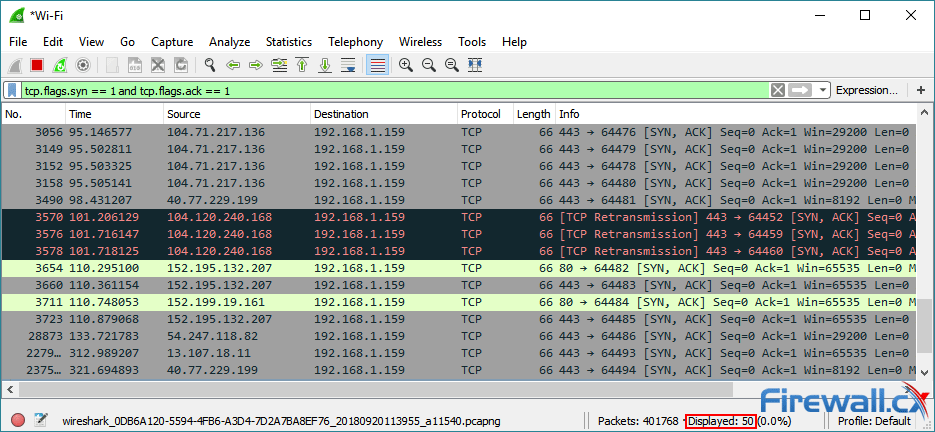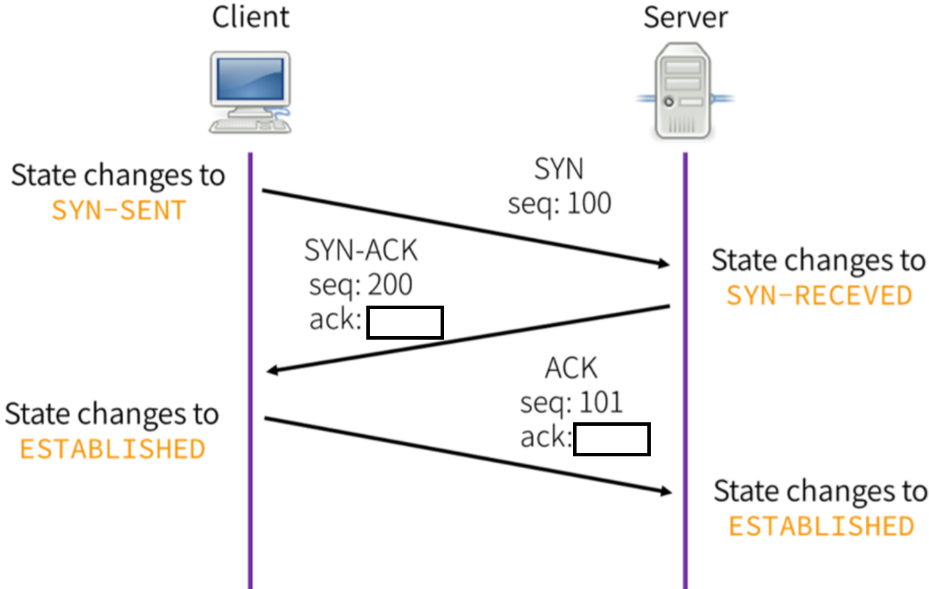

Now let's forge our SYN packet, starting with IP layer: # forge IP packet with target ip as the destination IP address The target port is HTTP since I want to flood the web interface of my router. If you want to try this against your router, make sure you have the correct IP address, you can get the default gateway address via ipconfig and ip route commands in Windows and macOS/Linux, respectively. I'm going to test this on my local router, which has the private IP address of 192.168.1.1: # target IP address (should be a testing router/firewall) Open up a new Python file and import Scapy: from scapy.all import *

#SYN PACKET INSTALL#
To get started, you need to install Scapy: pip3 install scapy This tutorial will implement a SYN flood attack using the Scapy library in Python.
#SYN PACKET HOW TO#
Related Tutorial: How to Make a DHCP Listener using Scapy in Python. In this way, the server will quickly be unresponsive to legitimate clients. SYN flood attack involves a malicious user that sends SYN packets repeatedly without responding with ACK, and often with different source ports, which makes the server unaware of the attack and responds to each attempt with a SYN-ACK packet from each port (The red and green part of the above image).



 0 kommentar(er)
0 kommentar(er)
